豊かな香りと自然な甘みで特に女性に人気のルイボスティーは、20世紀初頭より南アフリカで愛飲されている歴史あるハーブティーです。その美味しさもさることながら、見逃せないのはルイボスティーに秘められた健康・美容効果。強力な抗酸化作用をはじめ、血液の健康、美肌・美髪やダイエット効果に至るまで、たくさんのメリットがあるのです。今回はルイボスティーの持つ素晴らしい健康促進力と豊富な栄養素についてご紹介します。
美味しいのに健康にもいい天然ハーブ
南アフリカの山岳地帯、セダバーグに生息する低木から作られるルイボスティー。アフリカンレッドティー、レッドブッシュティーなど、地域によって呼び名は異なりますが、アフリカの片田舎のお茶が世界中で名を知られるようになった大きな理由は、その驚くべき抗酸化作用にあります。ルイボスティーにはノトファギンとアスパラチンという抗酸化物質が多く含まれ[#]Une S, SUGIMOTO I, AKIYAMA J, YAMAMOTO I, MUTO N. Antioxidative Activity and Flavonoid Composition of the Acid Precipitates from a Rooibos Tea Extract. Journal of Home Economics of Japan. 2010; 61(11): 717-723. [#]ScienceDirect.” n.d. Accessed October 15, 2018. https://www.sciencedirect.com/science/article/pii/S0367326X14003244. 、緑茶や紅茶はもちろん、抹茶をも凌ぐこの特質が注目され、急速に世界に普及したのです。
「健康に良いものは美味しくない」と思っているなら、それはルイボスティーには当てはまりません。バニラやはちみつを思わせる何ともいえない良い芳香、優しくほんのりとした自然な甘みなど、ルイボスティーは嗜好品としてもかなりハイレベル。発酵・酸化の過程で赤茶に染まる茶葉から抽出されたエキゾチックな深紅のお茶は、見た目も香りも味わいも素敵。麦茶や番茶、煎茶に代わる毎日のお茶としてそのままストレートでも、あるいはレモンや甘味料を足しても美味しく味わえます。
また、1990年代より、発酵や酸化を経ずに出荷されるグリーンルイボスティーも登場。通常のルイボスティーより草っぽくワイルドな味わいですが、より抗酸化作用の強い商品として健康重視派に人気です。
ルイボスティーのこれが効く!独特の栄養成分
ルイボスティーはノトファギンとアスパラチン(ルイボスティーの独特の成分)をはじめ、抗酸化物質のポリフェノールを豊富に含み、抗炎症・抗がん作用が注目されています[#]Kwak S, Han MS, Bae JS. Aspalathin and nothofagin from rooibos (Aspalathus linearis) inhibit endothelial protein C receptor shedding in vitro and in vivo. Fitoterapia. 2015; 100: 179-186. [#]Lee W, Bae JS. Anti-inflammatory effects of aspalathin and nothofagin from rooibos (Aspalathus linearis) in vitro and in vivo. Inflammation. 2015; 38(4): 1502-1516. 。また、ルテオリン、ケルセチンなどのフラボノイド型のポリフェノールは、アスパラチンとともにフリーラジカルの害から身を守ります。その他、鉄やマグネシウム、リン、カリウムなど、多種のミネラル類も含みます[#]Hesseling PB, Klopper JF, Van Heerden PDR. The effect of rooibos tea on iron absorption. South African Medical Journal. 1979; 55: 631-632. 。
一方、他のお茶と比べて少ないのはカフェインやタンニンなど。天然のノンカフェイン飲料であるルイボスティーは、夜寝る前や刺激を避けて心身ともに落ち着きたいときにも安心して摂取できます。
また、タンニンはポリフェノールの一種としてよい働きもありますが、摂取しすぎると鉄などの一部の栄養素の吸収を阻害するのがきになるところルイボスティーは低タンニンなので、日常的にお茶をたくさん飲む場合にはメリットになりそうです。

ルイボスの9つの健康メリット
- 身体の抗酸化レベルを高める
ルイボスティーを体内に取り込むと、抗酸化物質のグルタチオンが増加します。グルタチオンは炎症や様々な毒素、フリーラジカルや病原菌など、人間に降りかかる多くの害に対抗してくれる強力な抗酸化物質です[#]Townsend DM, Tew KD, Tapiero H. The importance of glutathione in human disease. Biomedicine & Pharmacotherapy. 2003; 57(3-4): 145-155. 。
- 血圧と血液の循環を改善
心臓病をはじめ、循環器系の健康の鍵となるのが血圧や血流。ルイボスティーを摂取すると、血流を妨げて血圧を上昇させるアンジオテンシン変換酵素のレベルが低下し、血圧を低く安定させるのに貢献します[#]Momiyama Y, Adachi H, Fairweather D, Ishizaka N, Saita E. Inflammation, atherosclerosis and coronary artery disease. Clinical Medicine Insights: Cardiology. 2014; 8(s3): 67-70. [#]Persson IA, Persson K, Hägg S, Andersson RG. Effects of green tea, black tea and Rooibos tea on angiotensin-converting enzyme and nitric oxide in healthy volunteers. Public health nutrition. 2010; 13(5): 730-737. 。
- 善玉のHDLコレステロールを増やし、悪玉を減らす
ルイボスティーを毎日6杯、6週間飲み続けたところ、体内のポリフェノールが増加し、善玉コレステロールとして知られるHDLの量が改善。一方、血中の悪玉LDLと中性脂肪が減少したという結果が報告されています[#]Marnewick JL, Rautenbach F, Venter I, Neethling H, Blackhurst DM, Wolmarans P, Macharia M. Effects of rooibos (Aspalathus linearis) on oxidative stress and biochemical parameters in adults at risk for cardiovascular disease. Journal of ethnopharmacology. 2011; 133(1): 46-52. 。
- 健康な肌と髪を保つ
髪や肌を傷つけるフリーラジカルを抗酸化物質が排除。また、肌のコンディションを整えるハイドロキシ酸も含んでいます[#]Kornhauser A, Coelho SG, Hearing VJ. Applications of hydroxy acids: classification, mechanisms, and photoactivity. Clinical, cosmetic and investigational dermatology: CCID. 2010; 3: 135. 。また、ルイボスティーの抽出液を頭部に塗布したところ被験者の90%で髪の成長がみられたそうです。
- 減量や肥満予防にも良い影響
ルイボスティーの活性成分であるアスパラチンが、空腹感や脂肪をため込む引き金となるストレスホルモンを減少させます。身体のエネルギーバランスを整えることから、肥満予防への効果も期待されています[#]Sanderson M, Mazibuko SE, Joubert E, de Beer D, Johnson R, Pheiffer C, Muller CJ. Effects of fermented rooibos (Aspalathus linearis) on adipocyte differentiation. Phytomedicine. 2014; 21(2): 109-117. 。
- 糖尿病の予防と治療
アスパラチンとノトファギンが高血糖による血管炎症を鎮め、糖尿病の治療や予防に効果を発揮します[#]Ku SK, Kwak S, Kim Y, Bae JS. Aspalathin and nothofagin from rooibos (Aspalathus linearis) inhibits high glucose-induced inflammation in vitro and in vivo. Inflammation. 2015; 38(1): 445-455. 。また、2型糖尿病のマウスを使った実験では、アスパラチンが筋肉組織のブドウ糖摂取を活性化することで、血液内の糖バランスが整うことが確認されました[#]Otto EB, Dworzecki T. The role of skeletal muscle in the regulation of glucose homeostasis. Endokrynologia. 2003; 9(2): 93-97. [#]Kawano A, Nakamura H, Hata SI, Minakawa M, Miura Y, Yagasaki K. Hypoglycemic effect of aspalathin, a rooibos tea component from Aspalathus linearis, in type 2 diabetic model db/db mice. Phytomedicine. 2009; 16(5): 437-443. 。
- 胃腸の働きを高めて消化を促す
ケルセチンやルテオリンが、下痢や腹部の筋肉痙攣を緩和し胃液分泌を抑えることで、胃腸の消化機能を促進します[#]Gilani AH, Khan AU, Ghayur MN, Ali SF, Herzig JW. Antispasmodic effects of Rooibos tea (Aspalathus linearis) is mediated predominantly through K+‐channel activation. Basic & clinical pharmacology & toxicology. 2006; 99(5): 365-373. 。
- 骨の健康を促進
ルイボスに含まれる多種のポリフェノールが骨芽細胞を活性化[#]Nash LA, Ward WE. Comparison of black, green and rooibos tea on osteoblast activity. Food & function. 2016; 7(2): 1166-1175. 。なかでもオリエンチンやルテオリンなどのフラボノイド系ポリフェノールは、骨組織の中のミネラル量を高めることで骨の強度を高め、さらにはミトコンドリアも活性化します[#]Lee LT, Huang YT, Hwang JJ, Lee PP, Ke FC, Nair MP, Lee MT. Blockade of the epidermal growth factor receptor tyrosine kinase activity by quercetin and luteolin leads to growth inhibition and apoptosis of pancreatic tumor cells. Anticancer research. 2002; 22(3): 1615-1627. 。
- フリーラジカルから細胞を保護する
細胞にダメージを与えて炎症を起こし、がんの原因をとなる有害なフリーラジカル。アスパラチンやノトファギン、ケルセチンなどのルイボスティーの強力な抗酸化物質がフリーラジカルの害から細胞を守ります[#]Une S, SUGIMOTO I, AKIYAMA J, YAMAMOTO I, MUTO N. Antioxidative Activity and Flavonoid Composition of the Acid Precipitates from a Rooibos Tea Extract. Journal of Home Economics of Japan. 2010; 61(11): 717-723. [#]Snijman PW, Joubert E, Ferreira D, Li XC, Ding Y, Green IR, Gelderblom WC. Antioxidant activity of the dihydrochalcones aspalathin and nothofagin and their corresponding flavones in relation to other rooibos (Aspalathus linearis) flavonoids, epigallocatechin gallate, and Trolox. Journal of agricultural and food chemistry. 2009; 57(15): 6678-6684. 。
気をつけたいルイボスティーの注意点
ルイボスティーから得られる効果は多種多様。良質のポリフェノールがもたらす抗酸化作用や抗炎症作用が身体の至るところによい影響を与えてくれます。しかし、そんなルイボスティーにも注意点があります。
毎日多量にルイボスティーを飲み続けた場合、肝臓酵素が増加して肝機能に支障が出る恐れが。肝臓や腎臓に疾患のある人は医師に相談の上、ルイボスティーを取り入れましょう[#]Engels M, Wang C, Matoso A, Maidan E, Wands J. Tea not tincture: hepatotoxicity associated with rooibos herbal tea. ACG case reports journal. 2013; 1(1): 58. 。また、ルイボスティーはエストロゲンに作用することがあるため、エストロゲンを抑制してがん細胞の増殖を防ぐホルモン療法を行っている人にはお勧めしません。
ルイボスティーはスーパーや薬局でも簡単に入手できますが、ここはやはり信頼できるオーガニックブランドを利用したいところ。毎日の水分補給としても、一日のリラックスタイムのご褒美としても利用できる万能なハーブティーだからこそ、品質や使用方法に注意しながら安全に美味しく楽しみたいですね。
geefeeがオススメするルイボスティーを購入希望の方はこちら。
アマゾンオンラインショップでも購入可能


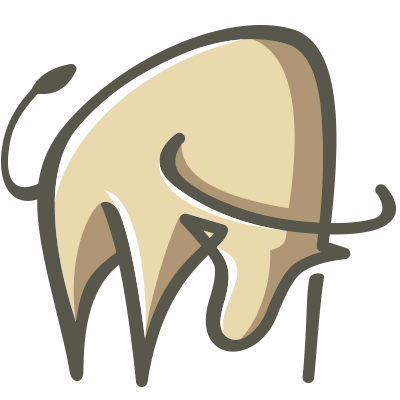

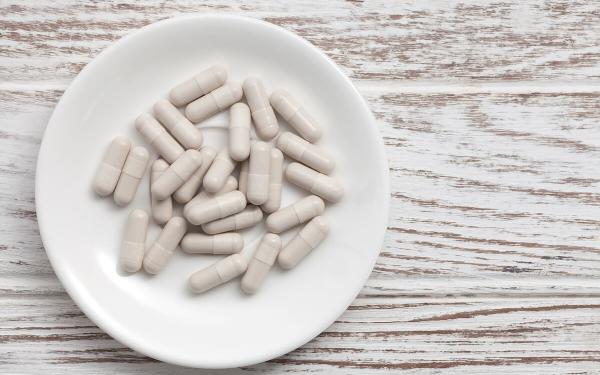
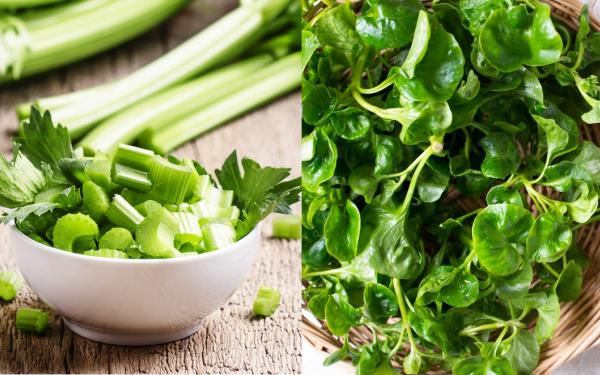
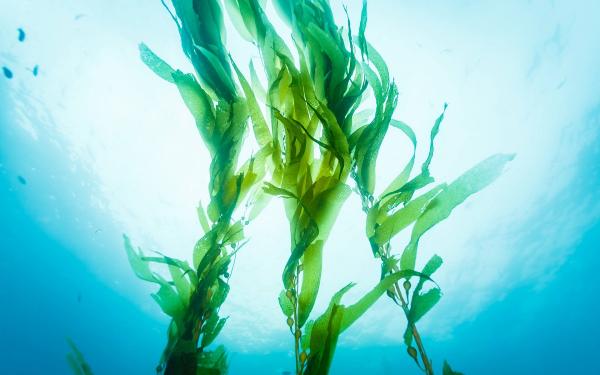


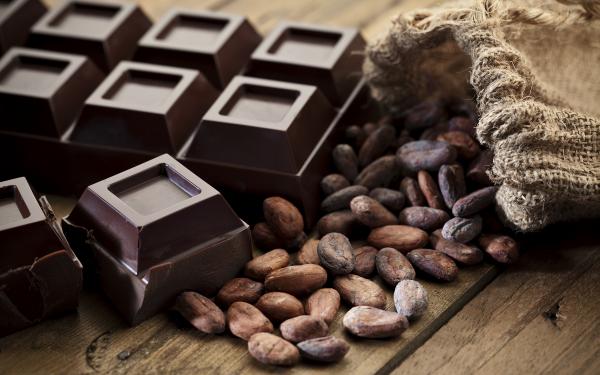



 中級
中級 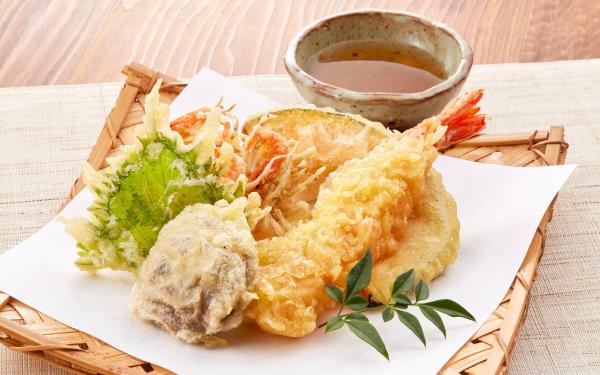
 初級
初級 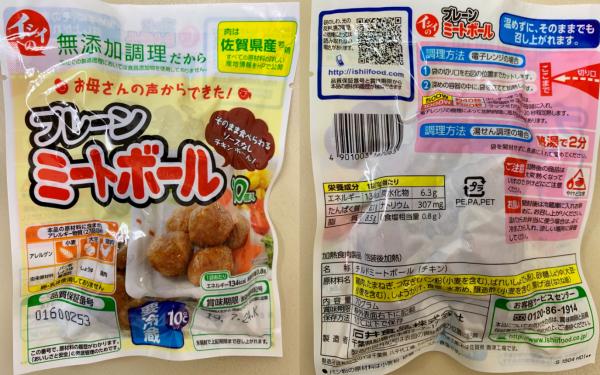
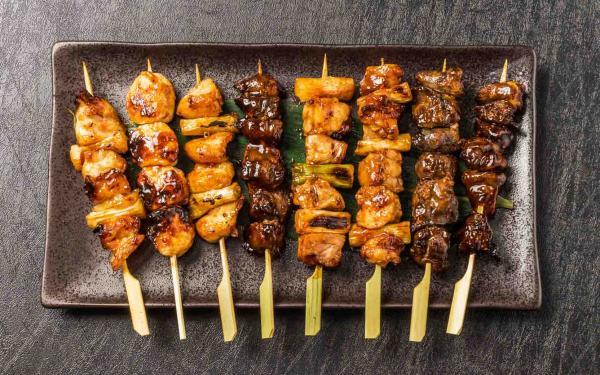
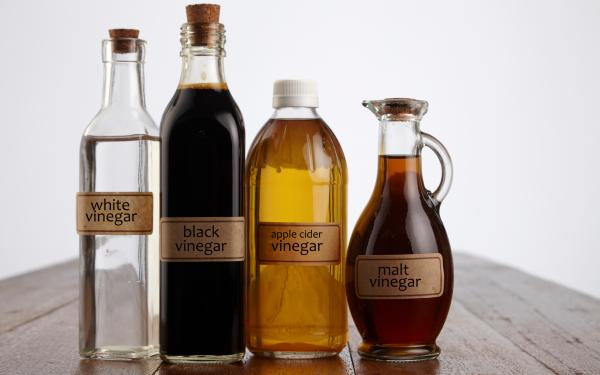




コメント
コメントを追加